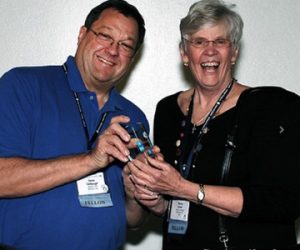
- Chapters
- Sections
- Committees
- 2022 IRPA Regional Conference
- Academic Education Committee
- Accredited Standards Committee N13, Radiation Protection
- Accredited Standards Committee N43, Equipment for Non-Medical Radiation Applications Committee
- Awards Committee
- Continuing Education Programs Committee
- Executive Committee
- Finance Committee
- Government Relations Committee
- History Committee
- History of LNT Video Series Task Force
- HPS Research Needs and Education
- International Collaboration Committee
- Intersociety Relations Committee
- IRPA 16 International Congress Organizing Committee
- Liaisons to Other Organizations
- Membership Committee
- Mentorship Committee
- Nominating Committee
- Professional and Ethical Conduct Committee
- Program Committee
- Public Information Committee
- Rules Committee
- Science Support Committee
- Scientific and Public Issues Committee
- Society Support Committee
- Standards Committee
- Student Support Committee
- Title Protection Committee
- Website Development Planning Task Force
- Careers
- Donate
- Chapters
- Sections
- Committees
- 2022 IRPA Regional Conference
- Academic Education Committee
- Accredited Standards Committee N13, Radiation Protection
- Accredited Standards Committee N43, Equipment for Non-Medical Radiation Applications Committee
- Awards Committee
- Continuing Education Programs Committee
- Executive Committee
- Finance Committee
- Government Relations Committee
- History Committee
- History of LNT Video Series Task Force
- HPS Research Needs and Education
- International Collaboration Committee
- Intersociety Relations Committee
- IRPA 16 International Congress Organizing Committee
- Liaisons to Other Organizations
- Membership Committee
- Mentorship Committee
- Nominating Committee
- Professional and Ethical Conduct Committee
- Program Committee
- Public Information Committee
- Rules Committee
- Science Support Committee
- Scientific and Public Issues Committee
- Society Support Committee
- Standards Committee
- Student Support Committee
- Title Protection Committee
- Website Development Planning Task Force
- Careers
- Donate





